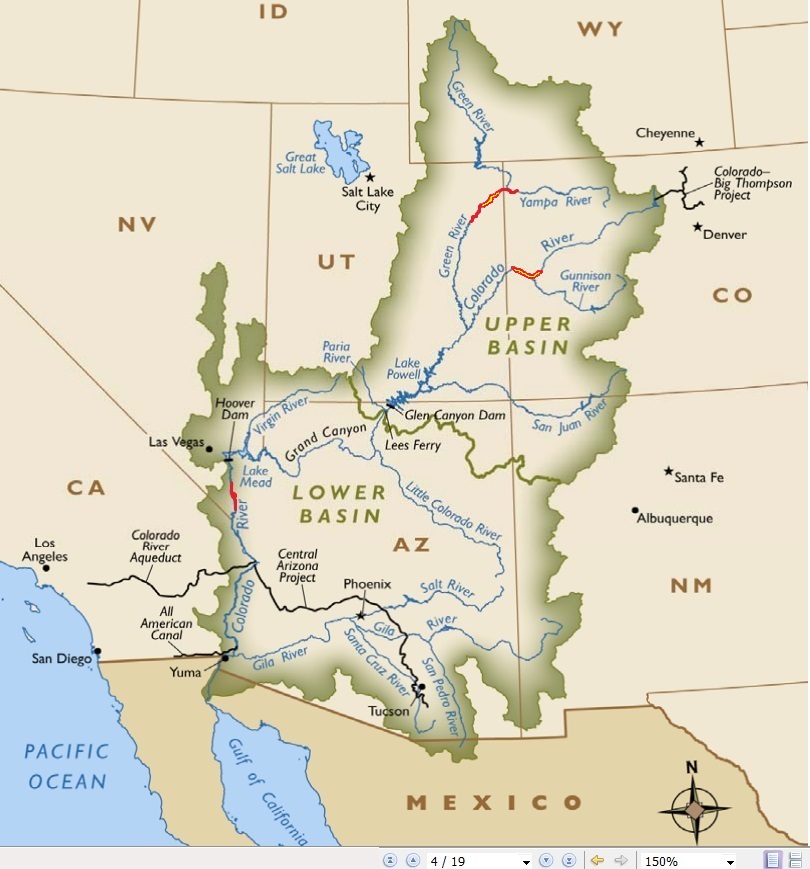Difference between revisions of "GCDAMP Bonytail Fish"
Cellsworth (Talk | contribs) |
Cellsworth (Talk | contribs) |
||
| Line 112: | Line 112: | ||
*[http://www.coloradoriverrecovery.org/documents-publications/foundational-documents/recoverygoals/Bonytail5-yearStatusReview.pdf 2012 Bonytail 5-Year Review] | *[http://www.coloradoriverrecovery.org/documents-publications/foundational-documents/recoverygoals/Bonytail5-yearStatusReview.pdf 2012 Bonytail 5-Year Review] | ||
*[http://www.coloradoriverrecovery.org/documents-publications/foundational-documents/recoverygoals/Bonytail.pdf 2002 Bonytail Recovery Goals] | *[http://www.coloradoriverrecovery.org/documents-publications/foundational-documents/recoverygoals/Bonytail.pdf 2002 Bonytail Recovery Goals] | ||
| + | *[https://www.fws.gov/southwest/es/Documents/R2ES/BonytailChub.pdf 1990 Bonytail Recovery Plan] | ||
|- | |- | ||
Latest revision as of 18:53, 7 November 2019
|
|
Bonytail (Gila elegans)The bonytail is the rarest of the endangered, native fish of the Colorado River and is thought to have evolved around 3-5 million years ago. It has large fins and a streamlined body that is pencil-thin near its tail. Its name describes the fish as an elegant swimmer and member of the “chub” group of minnows. The bonytail has a gray or olive-colored back, silver sides, and a white belly. Bonytail can grow to 22 inches or more and have been known to live up to 50 years. Bonytail are thought to spawn at 2 to 3 years of age during late June and early July. Bonytail eat insects, plankton, and plant matter. Status and distribution
Today, the bonytail is among North America’s most endangered fish species. Its distribution and numbers are so low that it is threatened with extinction. No reproducing populations are known in the wild. Recognizing that fewer bonytail were being seen in the Colorado River and no young, biologists captured 34 adults from Lake Mohave from 1976 to 1988, and 16 from 1988 to 1989. These fish were held in fish hatcheries. The young of these Lake Mojave fish, and the few remaining adults in hatcheries and in the wild, make up the entire known population of bonytail in the world. Because there were so few bonytail in existence when recovery efforts began, their preferred habitat is still unknown. Their large fins and streamlined body enable bonytail to swim in swift river flows. Through research and monitoring of stocked fish, researchers continue to gain information to help determine this species’ life-history needs and ways to improve their survival.[1] |
| Online training |
Fish Species of the Colorado River in Lower Glen Canyon and Grand Canyon |
Fish photos, information, and maps |
|---|
|
|

